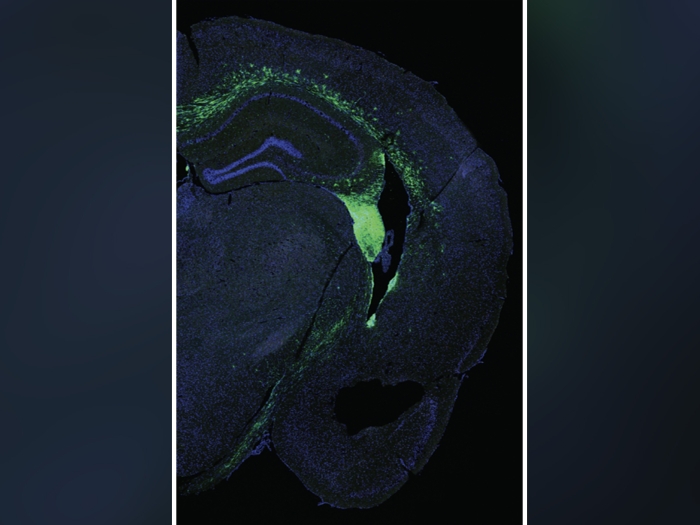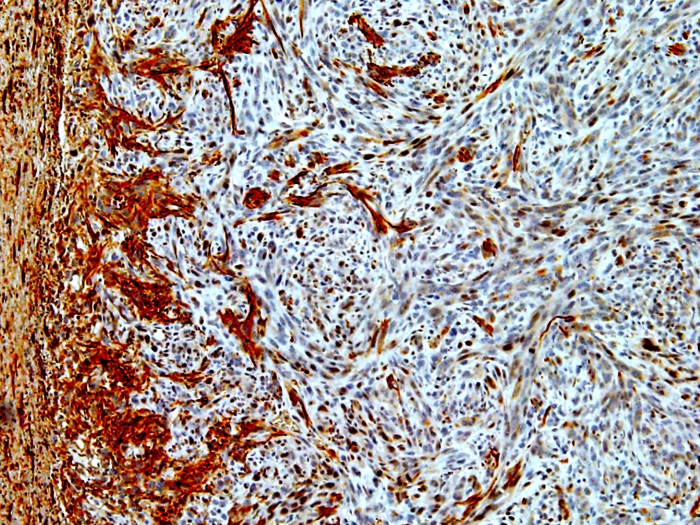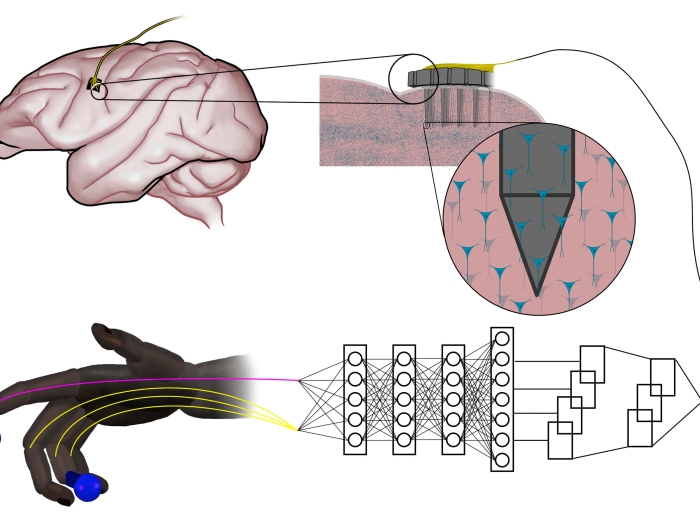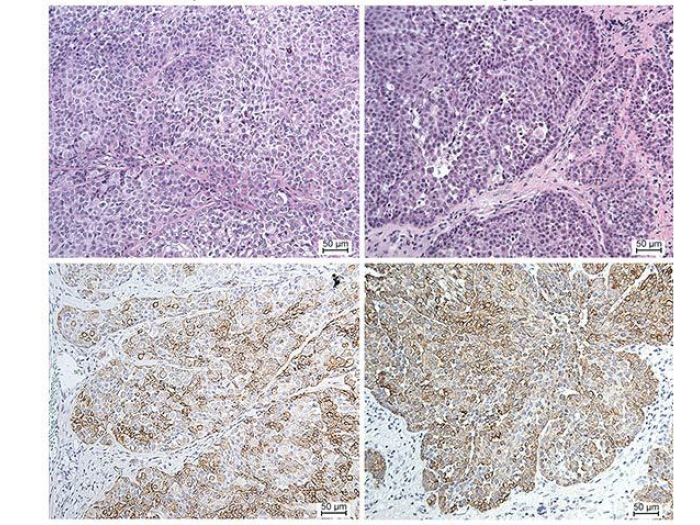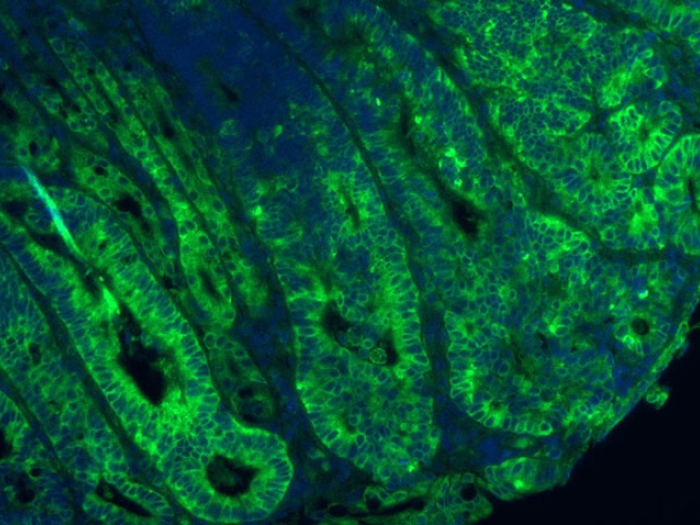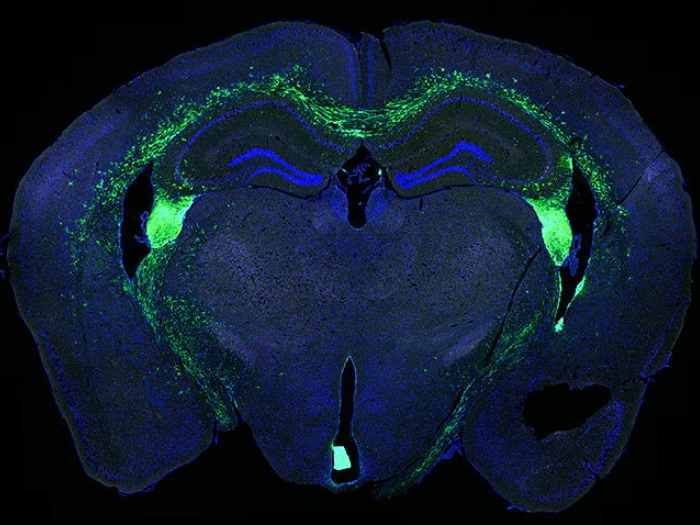Enhanced research tool is a potential boon for research in genetic diseases and developmental biology.
11:00 AM
Author |

Nearly a decade ago, scientists discovered the power of CRISPR, a tool employed by bacteria to protect themselves against viral invaders. This system is now a fundamental research tool used for editing genomes. One of most popular CRISPR tool is CRISPR-Cas9, with which researchers can identify and then cut out or replace the targeted DNA within a cell.
"However, the ability of cas9 tools to engineer large-scale, gene-sized edits is really limited," said Yan Zhang, Ph.D., assistant professor in the Department of Biological Chemistry at the University of Michigan Medical School.
That's where another editing tool, CRISPR-Cas3, comes in.
In 2019, the Zhang lab was among the first wave of researchers to describe the new tool, which has the capability of processive DNA degradation and thereby making large scale genome deletions. The average human gene is 10 to 15 kilobases long, well within the ability of CRISPR-Cas3 to cut out.
However, it faced some limitations in efficiency, larger gene size and protein manufacturing, says Zhang. A new paper published in the journal Molecular Cell, senior authors Zhang and Zhonggang Hou, Ph.D., Ph.D. student Renke Tan, master's student Ryan Krueger and their team and collaborators describe how they found a hidden gem that enables the use of novel CRISPR-Cas3 editors that overcome these limitations.
In the new paper, they present the first example of a miniature CRISPR-Cas3 editor from the bacteria Neisseria lactamica that greatly improves on editing efficiency, is more easily to produce as ribonucleoprotein reagents and has a more compact overall gene size that favors in vivo delivery. Previously, using the older version of the tool, "we were only achieving 10 percent editing in stem cells and maybe 30 to 50 percent in cancer-derived cell lines."
The team now developed N. lactamica CRISPR-Cas3, purified its Cascade RNP and Cas3 protein and were able to achieve 50 percent editing efficiency in stem cells and an impressive 95 percent efficiency in other human cell lines. To maximize the usefulness of this tool, they set out to establish an expression method using plasmids, the small circular DNA molecules that researchers can use to circumvent the protein purification step. However, when they attempted to make and deliver the plasmids, they didn't work.
Tan noticed an extra unexpected protein band on the protein purification gel, and eventually figured out that it is an internal translation product Cas11, without which the CRISPR-Cas3 complex would not form and therefore wouldn't perform editing in a human cell.
"This type of Cas11 protein was like a hidden gem that's been only recently noticed by us and other researchers," said Zhang.
Adding it back through a separate expression plasmid enabled the production of Cas11 protein in human cells and allowed the CRISPR-Cas3 plasmid system to function robustly.
"I think we found the version of CRISPR-Cas3 tool that we are very satisfied with," said Zhang.
With the publication of the work, the team has made the tool available on Addgene to researchers to investigate a wide range of scientific questions, from deleting large disease-causing genes to studying the non-coding human genome.
Said Zhang, "The next phase for us is to apply CRISPR-Cas3 in animal models and stem cells to create disease models or study cis-regulatory elements for pluripotency."
U-M and Cornell have filed for a joint patent on this discovery. The research was funded by the National Institutes of Health (GM117268, GM137883 to Zhang, GM118174 to Ke) and by University of Michigan (Biological Sciences Scholars Program Award, EBS Accelerator Award, and MICHR Translational Research Diamond grant to Zhang.)
Paper cited: "Cas11 enables genome engineering in human cells with compact CRISPR-Cas3 systems," Molecular Cell. DOI: 10.1016/j.molcel.2021.12.032

Explore a variety of health care news & stories by visiting the Health Lab home page for more articles.

Department of Communication at Michigan Medicine
Want top health & research news weekly? Sign up for Health Lab’s newsletters today!
